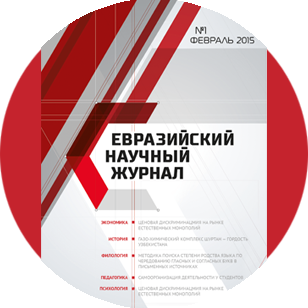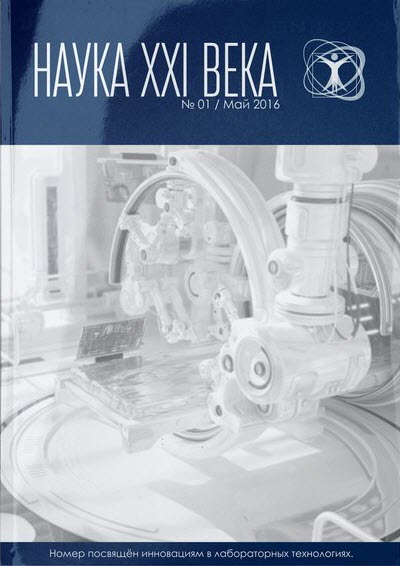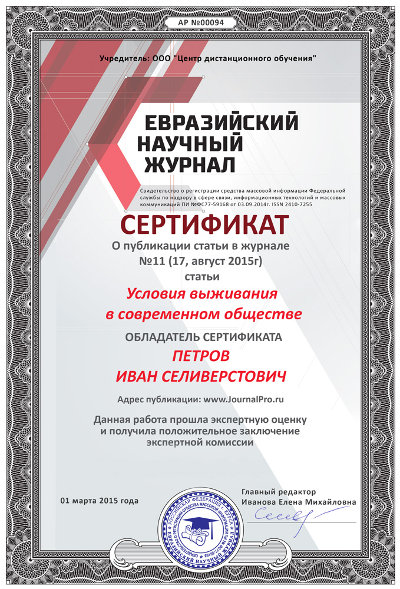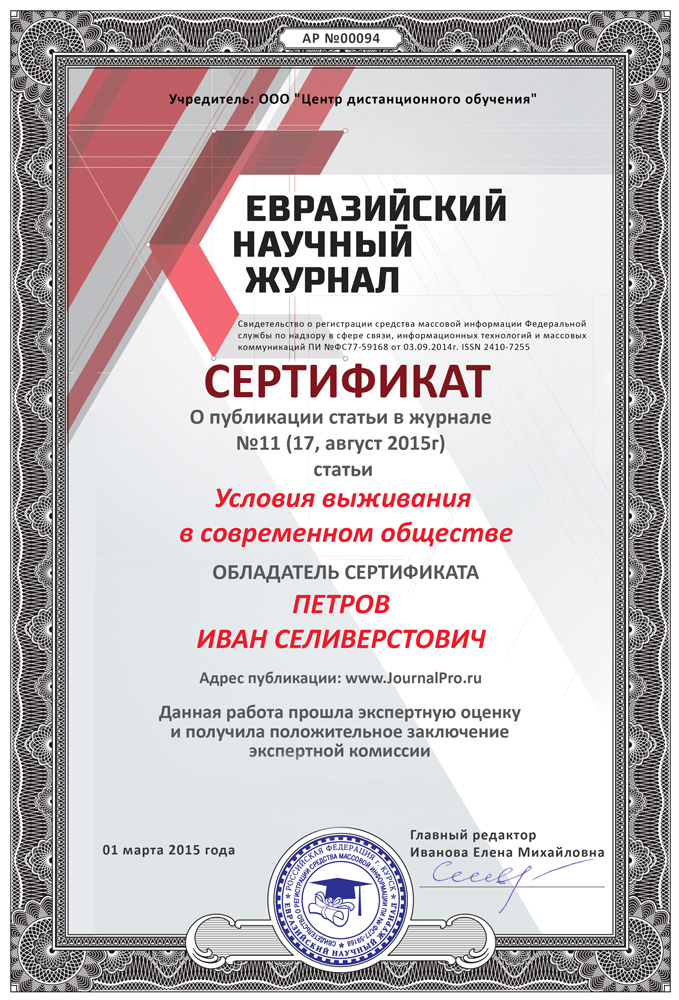Срочная публикация научной статьи
+7 995 770 98 40
+7 995 202 54 42
info@journalpro.ru
LITERATURE IN ENGLISH TEACHING
Рубрика: Педагогические науки
Журнал: «Евразийский Научный Журнал №6 2019» (июнь, 2019)
Количество просмотров статьи: 2037
Показать PDF версию LITERATURE IN ENGLISH TEACHING
AKHMEDOVA SHAHODAT MAKHMUTOVNA
A teacher of Ter SU, Uzbekistan
Now days we find teaching techniques are always on the verge of showing
something new. This article deals with the role that teaching literature can
have in the training of English language. It is necessary to establish a general
background of education for all sorts of learners. Among the foreign
languages, English is the most important. In the spheres of education,
English has occupied a special place.
Keywords: Facilitator, Integrated-model, Language, Literature.
So far as my title is concerned, we have to focus on the practical aspects of certain methods. In my view the following criteria may be incorporated for using
the language and literature simultaneously in teaching:
a- Using literary texts only as resources for language teaching.
b-Using literature for cultural purposes.
c- Teaching literature for its own sake.
The above stated approaches really fail to achieve the goal. The present various methods used is current teaching literature is neither helping the trainees nor to respond better to a literary text nor is able to reinforce their proficiencies . This context I would like cite Hall who has made the following observations about the practices of teaching literature in second language situation:
Literature is too often viewed by the second language educator as a source of activities, as material with too little concern for the wider curricular issues which can help us understand what is going on when a student reads (or fails to read)
literature ... both foreign language teaching and communicative language teaching have often missed (different) learning opportunities in using literature in ways which fail to co ordinate the literary and the linguistic.
When it comes to teaching of literature in higher levels, Hall continues to explain that literature is typically used more traditional ways in University Foreign Language Education. Literariness is emphasized, while linguistic elements are underplayed. Therefore integrating the teaching of language and literature, that is the ‘integrated model’ is here suggested as alternative. Such integration will help the learners develop their language proficiency as well as literary competence.
This ‘integrated’ model addresses the following issues:
The selection of literary texts that are judged as appropriate to teach in the required educational levels or of standard of education. The integrated model takes into account the conventions that are required for reading literary texts, without which one cannot speak of interaction with the text and with other readers. In this context we find in Carter and Walker state, teaching literary text “should result in literary experiences” and the linguistic exercises must not be an end in themselves , but should rather serve literary goal. This is what the “integrated model” wants to achieve, unlike “language through literature” approach. Integrating language and literature in teaching the language trainees is a justifiable practice. A major point that has to be emphasized primarily is that “there is no such thing as literary language” (Brumfit and Carter, 1986:6) There is also a lot of views over it that literary language is “all in all totally the language we use and encounter in everyday life” (Hall, 2005:10).People with such views resist the introduction of literary texts into language learning classrooms. Therefore the advocates of literature in language classrooms need to offer that these charges are irrelevant (Hall, 2005).
Studying literature for literature’s sake In the context of this discussion, studying literature for literature’s sake is used to show that literature is taught for the values that it has, and to differentiate its meaning from using it only as a resource for language teaching. The major preoccupation of texts such as Literature in the Language Classroom (Collie and Slater, 1987) and The Web of Words: Exploring Literature through (Carter and Long, 19 87) seems to be with the mere attainment of language skills. Reader-response approach, on the other hand, promotes the teaching for its own sake. However, the multiple dialogic processes that takes place in class between the reader and the text, between teacher and student, and among student readers makes the foreign language classroom more meaningful, and thus making the acquisition of language more a genuine engagement with the text. By applying the reader-response approach in teaching encourages students to interact with the text, express their responses, and discuss with others. This helps them to better comprehend and interpret literary texts, and acquire improved language skills, thus justifying the benefits of the integrated model.
The main aim of this article is to review literature related to study. It justifies teaching literature through an ‘integrated model’. The model uses insights from reader-response theory. The model uses insights from reader-response theory and task based language teaching approach. The task-based language teaching and the concepts that embodies and its possible applications in integrating literature
and language teaching.
USED LITERATURE
- Brumfit and R. Carter(Eds). Literature and Language Teaching (pp.171 176).Oxford:OUP,1986.Print.
- Hall, G. Literature in Language Education. New York: Macmillan. (2005). Print.









